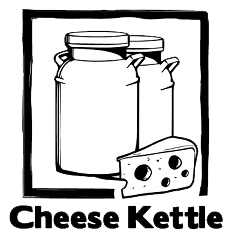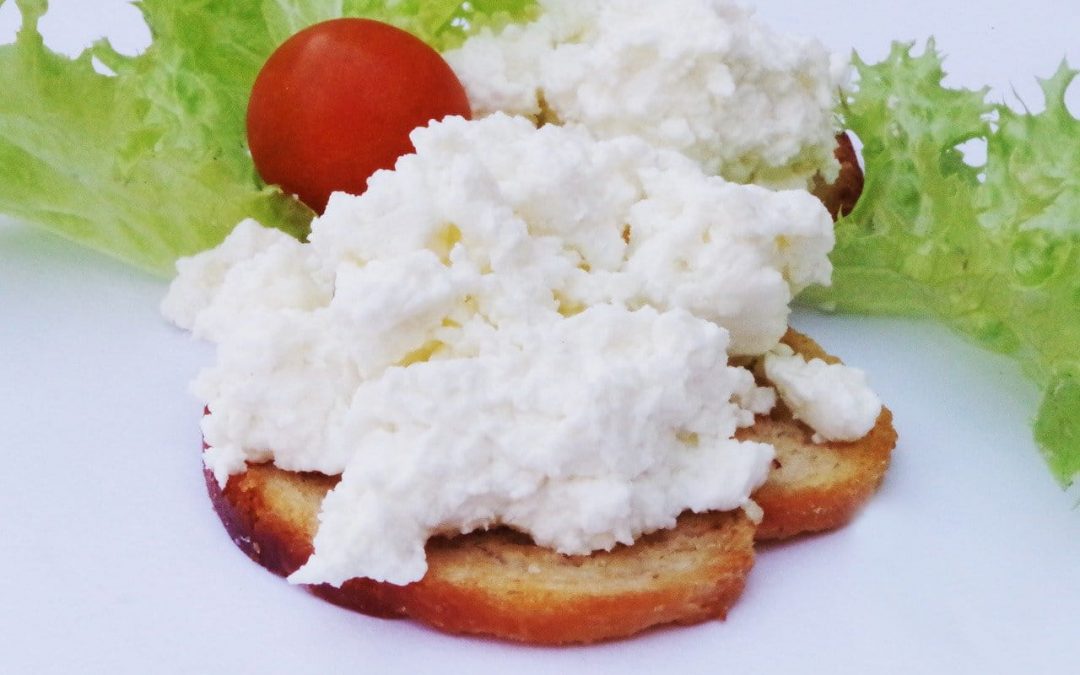Have you tried eating cheese curds? Is it safe to eat them? Do they taste good? What are they anyways? If you haven’t the faintest idea what cheese curds are, then you’ve come to the right place. Here, we will tell you what they are and everything else you may want to know about them.
What are Cheese Curds?
Cheese curds are pieces of milk that’s has curdled together. They are moist and most often regarded as a younger version of cheddar, which is usually aged between two months to four years.
Is it safe to eat cheese curds?
Well, this is generally cheese. Curds undergo the same process as cheddar. The only difference is that it has not undergone the aging process. So yes, it is definitely safe to eat cheese curds. Considering if you’ve undergone all necessary procedures needed to ensure that the curds are not contaminated with bad bacteria.
Can You make Cheese Curds at Home?
Yes. In fact, it is quite easy. If you want to make cheese curds, here are the equipment or tools that you will need:
- 1 large stainless pot with lid
- 1 smaller stainless steel pot with lid
- Skimmer
- Colander
- Thermometer
- Curd cutter or knife
- Cutting board
- 2 – 4 litre sized ziplock bags’
- pH tester
And, here are the ingredients that you’ll need:
- 4 litres whole pasteurised cow or goat milk
- 1/8 teaspoon mesophilic culture
- 1/2 tablet rennet or 1/2 teaspoon liquid rennet dissolved in 1/4 cup cool water (non-chlorinated)
- 1 teaspoon kosher salt.
Process:
- Put the milk into the smaller stainless pot and half-fill the larger pot with water. Set the smaller pot inside the larger pot and heat it up to 32 degrees Celsius.
- Once the desired temperature is achieved, add the culture and cover the pot. Make sure it stays on for one hour at 32 degrees.
- Add the rennet on to your mixture. Pour it over, using the skimmer, to help splatter over the top of the mixture.
- Stir the mixture in an up and down motion for about a minute and still the movement of milk by holding the skimmer on the surface of the mixture. Once still, cover and let it sit for about 45 minutes.
- The curds will have already formed by then. Check for a clean break. To do this, you can cut a slit in the top surface of the curd using your knife or curd cutter. Then, insert the flat wide side of your cutter to lift the curd just where the slit ends. If the curds are ready, the slit you just cut will continue moving forward and leave a clean opening.
- Cut the curds into ½-inch cubes, cover the pot and allow the curds to set at 32 degrees for about 5 minutes.
- Gently stir the curds in an up and down motion. Check if there are larger pieces. If there are, cut them into smaller pieces.
- Raise the curds’ temperature to 39 degrees Celsius over a 30-minute period. Once you reach the temperature, hold it for about 30 to 45 minutes; while continuously stirring. Check the pH, if it is between 6.2 to 6.10, then you’re done.
- Let the curds settle for about 5 minutes. Then press them gently to the bottom of the pot using the back of your hands. This will make them form a solid mass. Be patient as this may take a few minutes.
- Scoop the mass and place it on a colander. Place the colander on top of the pot. Make sure that it doesn’t touch the whey inside the pot.
- Place a thermometer into the curd and make sure its temperature is at 37 degrees. Cover the pot and allow to rest for 15 minutes. This should make the curds knit together.
- Cut the solid mass into two pieces. Then stack them on top of each other. Cover it and let it sit for about 15 minutes. The restack it by moving the bottom piece at the top.
- Double up the 2 ziplock bags and then fill up with about 1 and a half quarts of 37 degree Celsius water. Then place it on top of the stacked slabs to get rid of remaining whey. Continue restacking for about 2 hours or 8 flips. Then check the texture of the curds by tearing it. It should have a texture a bit similar to cooked chicken breast.
- By now, the cheese curds should have flattened to about 1 inch thick. Place the curds on top of the chopping board. Cut the into 1 inch wide strips and then cross wise to about 2 inches.
- Put them back on warm colander and sprinkle the kosher salt; and stir using a spoon or your hands for a few minutes. Cover and let the curds sit for about 5 to 10 minutes to allow it to absorb the salt. This process should also get rid of the remaining whey.
- Allow the curds to sit at room temperature. Make sure to stir a couple of time to let it absorb the salt. Once there’s no visible salt then you’re done.
For more information about making different types of cheese, please feel free to browse through our website.
Cheese Kettle is a trusted supplier of dairy equipment in Australia. If you are looking for great advice about cheese making or if you want to start a cheese making business, talk to us. We will provide you with the best information and dairy processing equipment for cheese making.

